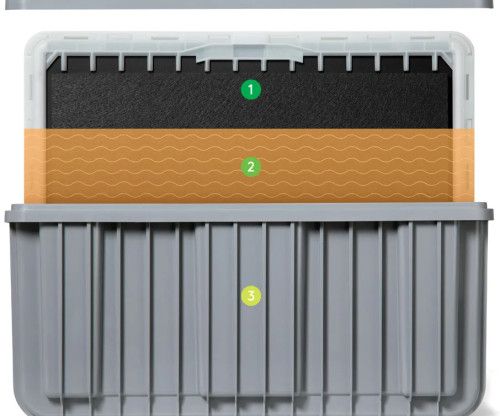Eos Energy launches $500M Project AMAZE with $398.6M conditional loan guarantee from DOE; long-term zinc-based storage
Green Car Congress
SEPTEMBER 1, 2023
Eos Z3 battery module Z3 battery modules store electrical energy through zinc deposition. The Eos Z3 battery contains predominately American components and is specifically designed for mass production and meeting low-cost, long-duration, grid-scale stationary energy storage needs. The project secured an up to $398.6-million















Let's personalize your content